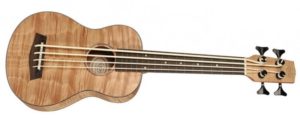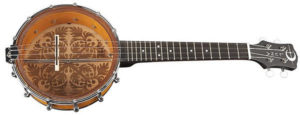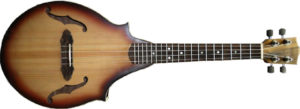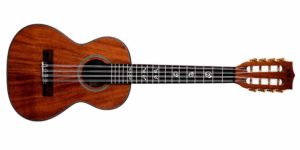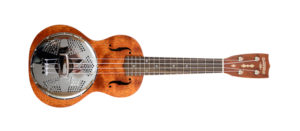Electric Guitar

There are many brands you can start off with for electric guitars, and they are all similar in quality at the entry-level; however, three brands have stood the test of time, and you can’t really go wrong with any of these three brands: Fender, Gibson, and Ibanez. Like anything, you will have a good, better, and best option. For electrics, it comes down to where the instrument was made, hands-on craftsmanship, the quality of the wood, and pickups. There are definitely many other options, but these are the prominent features that affect the price. Here is a breakdown of which guitars I would get per level:
Entry Level ($150-400)
Mid Level ($400-800)
Pro Level ($800+)
Now, after you get your electric guitar, one of the next things you’ll be asking yourself is “what kind of amp do I need?” I can tell you, hands down, the Fender Mustang series is the PERFECT practice amp. It’s literally all you need…so much so, that it is the official practice amp of the Freeway Music locations. One of the best ways to ensure that you get all you need is to purchase a package. So, let’s get that out of the way and talk about it. Here are some packages our friends have at Sims:
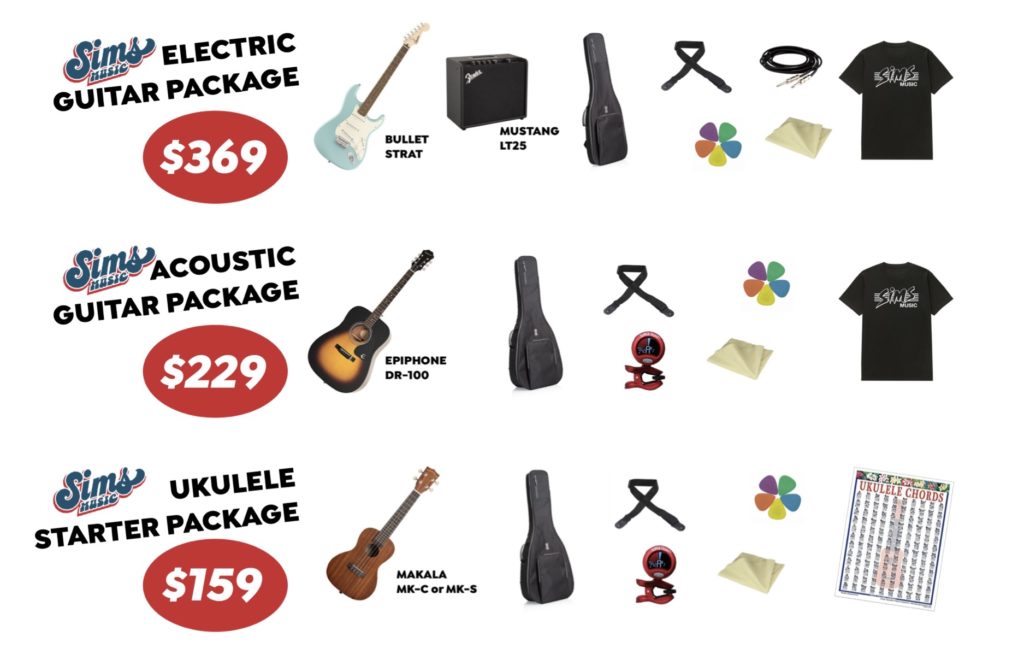
Acoustic Guitar
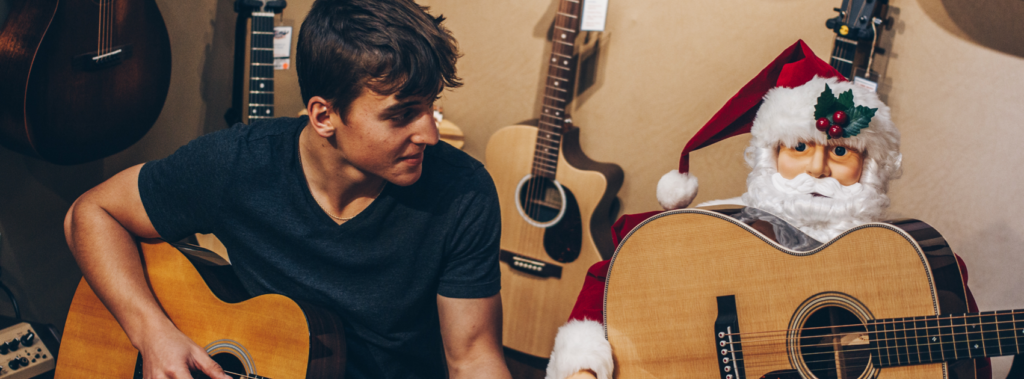
The good, better, best for acoustics is generally found in how much solid vs. laminate wood is involved. Entry level guitars tend to have a laminate top and back and sides. Mid-level acoustics have solid tops. The reason they do the top is because that’s where most of your sound resonates. So, if you have a solid top, it makes a difference. Pro-level guitars are generally solid all the way around with solid tops, sides, and backs. For the most part, you’ll run into the usual suspects for guitars. Here are some recommendations for various guitars at each level:
Entry Level ($150-400)
- Fender FA-15 (3/4 size guitar great for a smaller student)
- Fender (pretty much any)
- Ibanez (pretty much any)
Midlevel ($400-800)
Normally, I’d tout Martin and Taylor pretty hard in this range…especially the Taylor GS mini as it’s literally the perfect 3/4 guitar, but they are low in stock. So, I’d check out the Ibanez Artwood Series. They are great mid-level guitars.
Pro level
Can’t go wrong with Martin, Taylor, Gibson. They are king.
Ukulele

Ukes make for AMAZING holiday gifts because they are portable, easy to learn and play, and very affordable. Ukes tend to range between $50—$300, but float around that $50-150 mark for decent ones. Here are some brands to check out:
- Kala
- Cordoba
- Ortega *This is a newer brand that Sims recently started carrying. They look, sound, and play amazing. I just bought one for Sara Ann for Christmas. Don’t tell her ;)…She’s not reading this is she? :/
Keyboards/Pianos

So, if you’re looking for a serious acoustic piano, check out our friends at Rice Music House. They’ve got a great selection of acoustic pianos and will be of great help to you. The acoustic pianos at Freeway Music are from Rice. You can buy or rent.
If you are in the market for a Digital Piano, I like the Casio and Yamaha brands. You can’t go wrong either way. We stock the Casios at Freeway for our voice lessons.
There are also a slew of portable keyboard options available.
Percussion/Drums
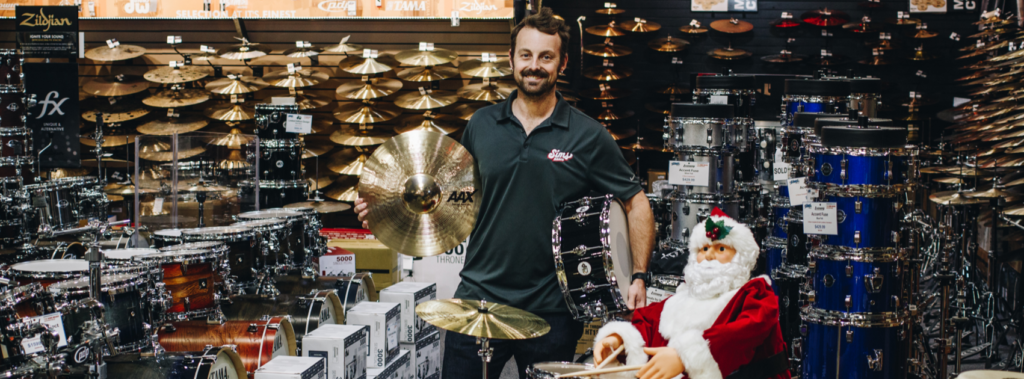
Okay, I JUST started playing drums…so, give me a little grace in this department. It’s okay, I spoke with Justin at Sims, and he is an expert…so we will be alright! Here are some opinions of ours:
Entry Level
Ludwig Accent: Drive(full size for 12+) and Fuse (smaller for a younger kid 8-11)
Intermediate
Pro
PDP, DW, Ludwig, Pearl, and Tama are all gonna have solid options. You might want to consider some nicer cymbals at this point from brands like Zildjian and Sabian.
**Side Note: The cajon has been a popular instrument for drummers as of late for acoustic sets. Check out the LP Americana cajon… it was designed by our very own Justin Sims! 🙂
Recording
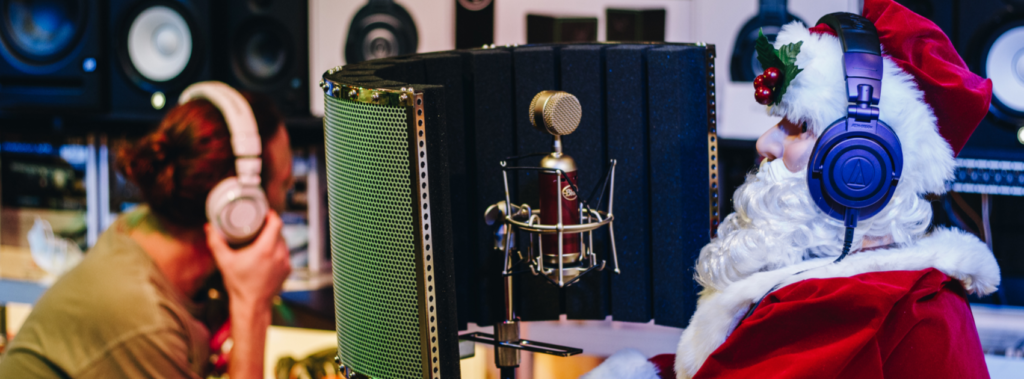
So, you wanna ease into recording. The best way to get started is by grabbing one of the Scarlet Focusrite Packages They have two different ones. Both come with a mic, mic cable, headphones, and an intro version of Protools. The only difference is one is solo and has one channel ($219), and the other is a duo with two channels ($269).
Stocking Stuffers
There are a ton of accessories such as capos, tuners, string winders, polish, cables, slides, pedals, shakers, tambourines, sticks, picks, and most importantly…Music Lessons! 😉
Whew…That was a lot of information. I hope this was helpful and Happy Holidays from the Freeway Family! 🙂
Ukulele has become the new craze. Artists like Megan Trainor and Vance Joy, and companies like Kala have really helped create this buzz. In fact, Kala has so many cool varieties now, it’s really easy to be confused when walking into a music store to pick out a uke. So, let’s break em’ down.

